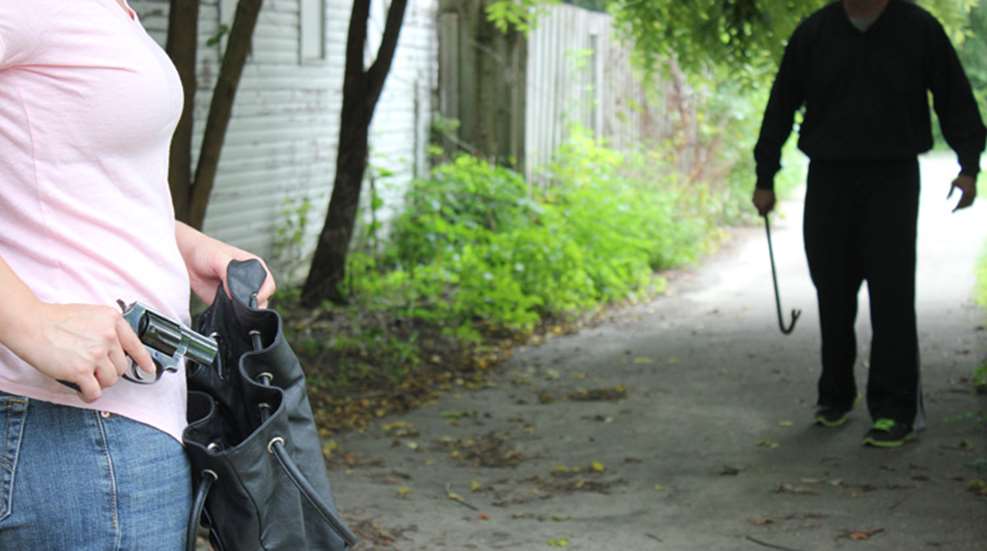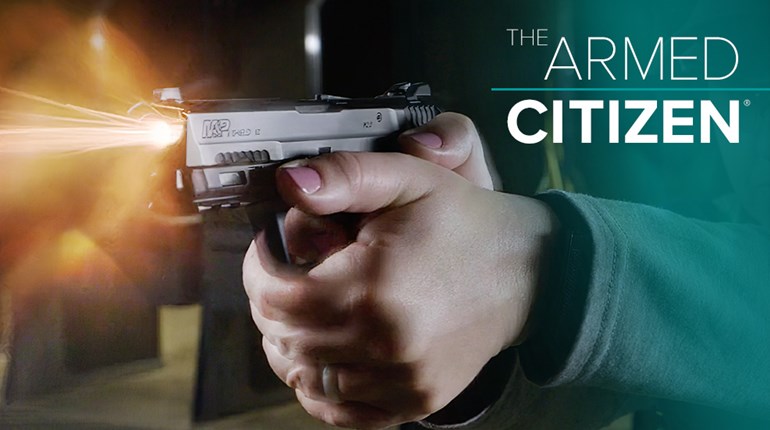
I’ve been a runner for 20 years, and I occasionally visit running forums online to get advice from other athletes (mostly trying to diagnose my latest ache or pain). But on one occasion I stumbled upon something on a running forum that had nothing to do with shin splints or plantar fasciitis. The topic was about running with a firearm and I was looking for advice on holsters. The e-conversation quickly took an ugly turn.
When it came to running with a firearm the most commonly shared advice was, “don’t run some place where you need a gun.” The other respondents applauded the initial responder for offering up such sage advice. If you run in places where there is no danger then you won’t need a gun, simple as that.
I was shaking my head.
Recent events should make it clear that the idea of a “safe space” is ludicrous. Violence isn’t limited to certain areas—never was, never will be. Dangerous people do exist, and they intend on harming others. That may happen in a crime-riddled part of town where no one wants to venture. It could also happen in a relatively “safe” neighborhood. In 2016 three female runners were killed in nine days in three states. In 2017 another runner was brutally attacked while running in a park in Seattle and, thankfully, lived. All of those victims—and countless others—were in areas thought to be relatively crime-free.
I’m not claiming that crime isn’t more prevalent in some areas than in others. If you want to look for trouble you’ll have no problem finding it, but the vast majority of people try to avoid violence and risk. Avoidance, however, can’t be your sole defensive plan. Staying on the right side of the street and not going to the grocery store after dark may statistically reduce your odds of being assaulted, but they don’t eliminate them. In fact, according to FBI statistics about 40% of forcible robberies occur in the home or a commercial business, which means that the places where we feel most comfortable (and often drop our guard) are just the type of places where an assault is likely to occur.
If you know someone (or are someone) who utilizes their physical location as their sole defense against a sudden violent attack—and I have had many conversations with individuals who perceived this as an all-encompassing defensive plan—then you need to ask them some tough questions. First off all, do they think that they can predict where all violence will occur? Second, how well-prepared will they be when they are confronted? There's a better way to structure your personal-defense strategy.
It involves building a personal-defense tool kit that provides for the ugly reality that you may be the target of violence regardless of where you travel. Of course avoiding areas you know to be dangerous is part of that—it's a smart move. But it shouldn’t represent your entire defensive plan. Awareness is also critical. Simply being aware of your surroundings and accepting that you could be most vulnerable in the place where you least expect trouble—your home, your driveway, the local supermarket, the shopping mall—will help you be prepared to defend yourself. And, as millions of Americans have come to realize, having the ability to fight back with deadly force if needed is also a component of personal protection.
Carrying a gun doesn’t inherently mean that you are looking for trouble any more than wearing a seatbelt means you intend to drive recklessly. You need to have a serious discussion with close friends and family members about their plan for personal defense, and ultimately that may or may not involve carrying a firearm. One thing is certain, though—using your physical location as a defense against all attacks is inviting trouble.






































